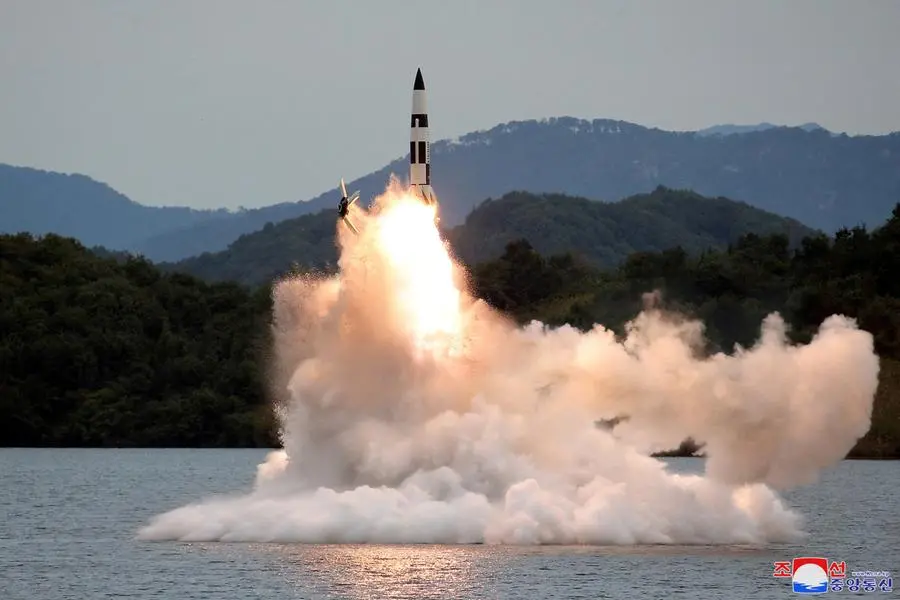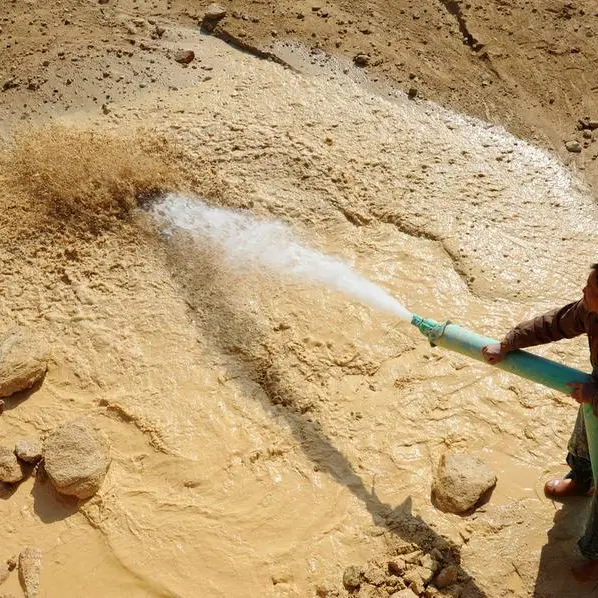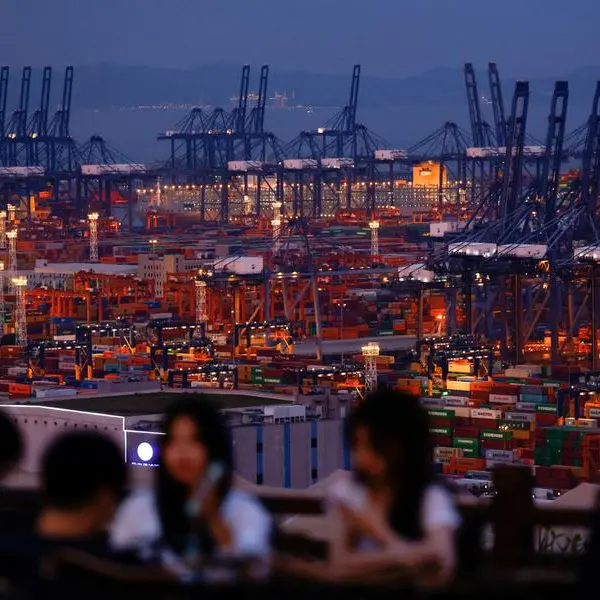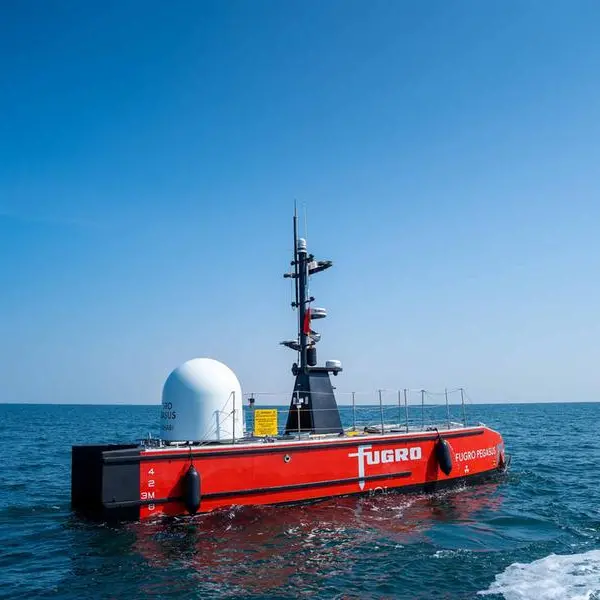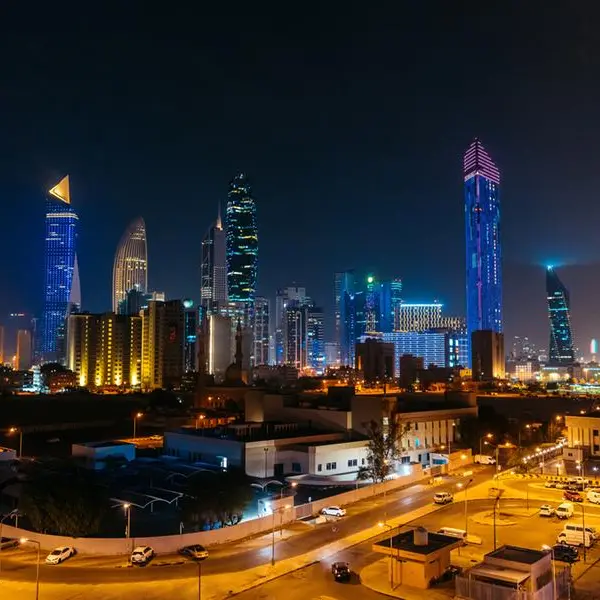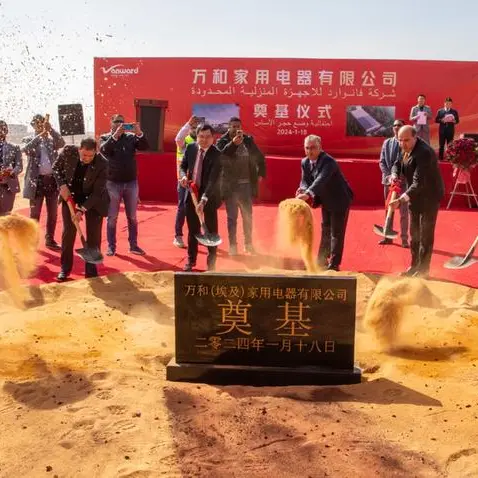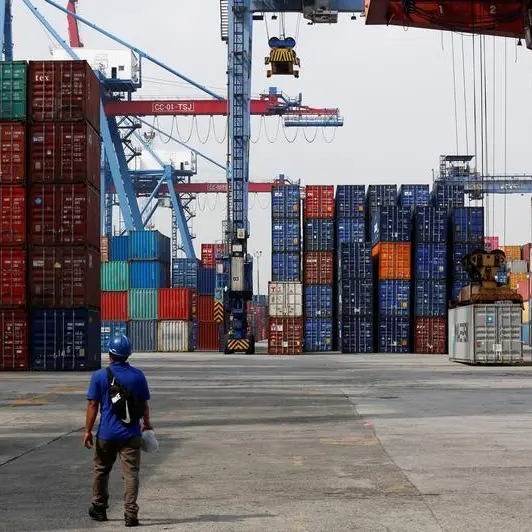PHOTO
SEOUL - The recovery of a Soviet-era anti-aircraft missile after a recent North Korean launch shows the age of the nuclear-armed country's air defences - systems and aircraft Pyongyang has been working to modernize alongside the rest of its arsenal.
Although North Korea’s ballistic missiles get most of the attention, the country has been quietly pouring resources into trying to find ways to counter stealth fighters, analysts say.
"A notable gap in North Korea’s ability to modernize its inventories is combat aircraft," 38 North, a U.S.-based research organisation, said in a report last month.
Analysts cast doubt on the North's claim on Monday that recent drills had included 500 fighter jets, noting that number would represent almost every combat aircraft in the North's inventory. That is unlikely, as many are 40 to 80 years old, and not serviceable or kept in the active fleet.
North Korea is not known to have imported any new warplanes since the early 2000s, the 38 North report said. Instead, it has focused on cheaper, easier to use air-defence missiles.
"Like many former Soviet allies, as well as Russia itself, the country has heavily compensated for its post-Cold War disadvantages in the air by deploying a growing range of mobile air defence systems on the ground," the report said.
The S-200 missile, whose NATO designation is SA-5, recovered offshore by South Korea last week is an aged design first delivered to North Korea in the 1980s.
North Korea is replacing it with the Pongae-5, which was declared operational in 2017, according to the Center for Strategic and International Studies Missile Threat project.
The new missile shows visual similarities to Russian and Chinese systems such as the S-300, which has seen extensive use in the Ukraine war.
Both Russia and China, which has a defence treaty with Pyongyang, have denied breaking international sanctions that restrict military cooperation with North Korea.
The system uses two trucks based on chassis made by the Russian company KAMAZ, which constructed a plant in North Korea in 2007, according to CSIS.
A successor to the Pongae-5 was tested last year, when state media heralded the successful launch of a "remarkable" new anti-aircraft missile.
A next step for North Korea could be upgrading the air-to-air missiles on its combat aircraft, which could “revolutionize the fighter fleet’s capabilities”, according to the report by 38 North.
NEW MISSILES
S-200s are based in shelters cut into mountain slopes, on platforms that can be raised aboveground when operational, according to “The Armed Forces of North Korea: On the Path of Songun”, a 2020 survey of the North’s military capabilities by two Dutch researchers.
"The S-200 was the North's primary long-range, high-altitude deterrent for much of the late 20th century," one of the authors, Joost Oliemans, told Reuters. "Nowadays, even the fact that its sites were constructed in a very hardened fashion won't save them from obsolescence without substantial upgrades."
Some analysts speculated that the North may have fired the old S-200 into the sea in order to avoid wasting a newer model.
Oliemans notes that Pyongyang may also have been practicing using older missiles, or testing unconventional upgrades.
"The S-200's heavy warhead and comparatively long range would make it a good candidate for a nuclear air defence weapon and I would not be surprised if North Korea had realised its utility in that role as well," he said, referring to missiles designed in the Cold War to devastate bomber fleets in midair with a nuclear blast.
"At the same time, its use in this test might simply reflect the message that its entire military, including older components, are being tested for readiness," Oliemans said.
(Reporting by Josh Smith. Editing by Gerry Doyle)
